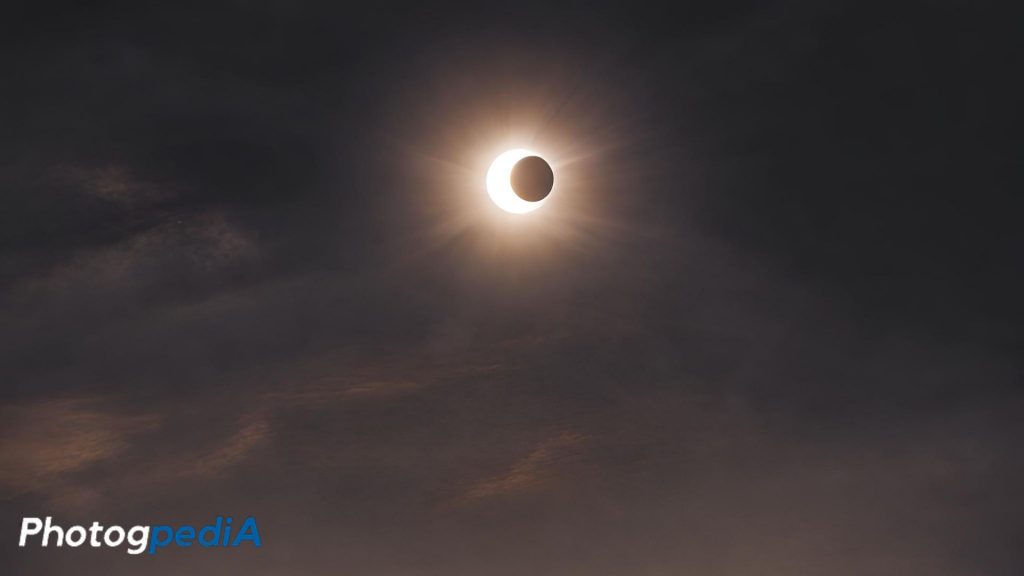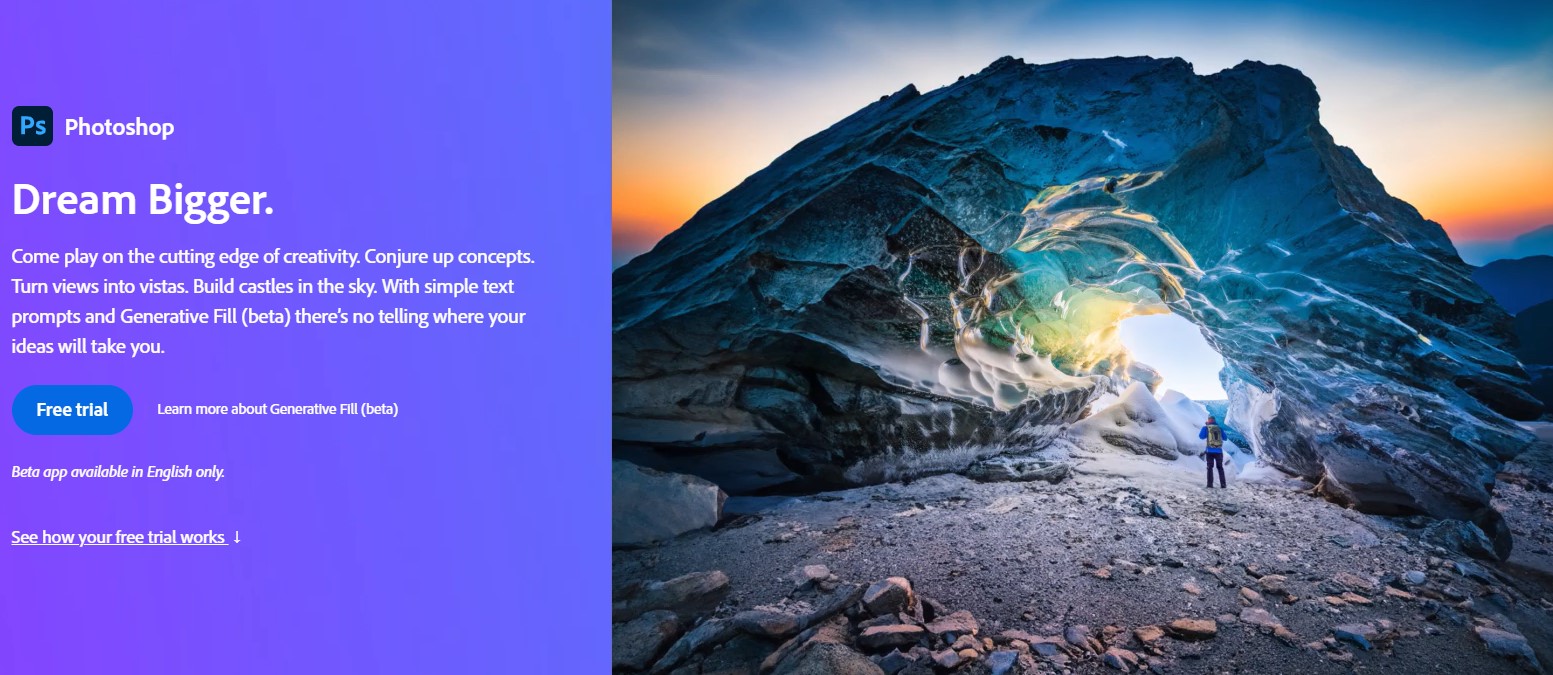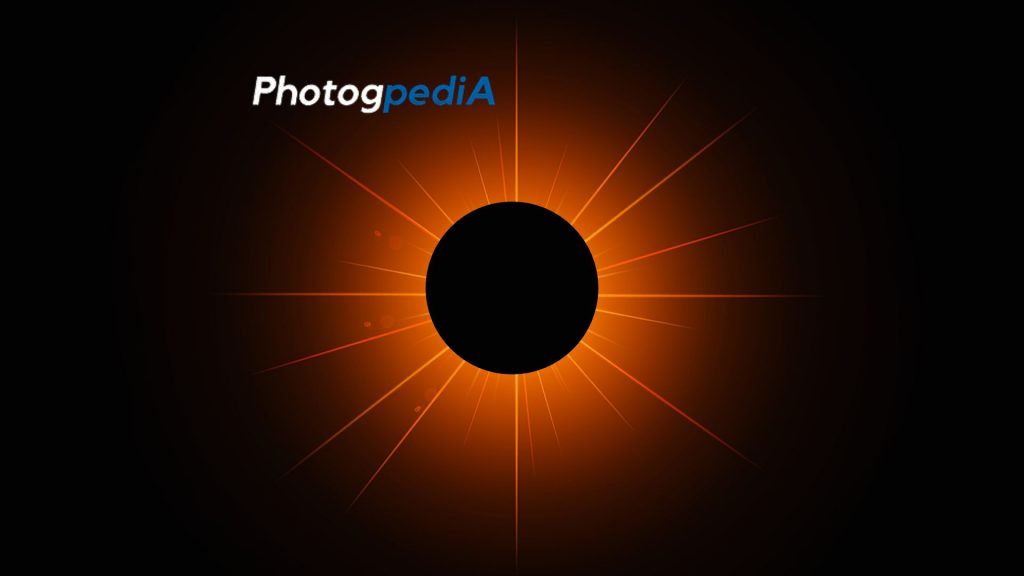As a photography enthusiast, there’s something truly awe-inspiring about celestial events. These short moments are a challenge but also most rewarding. Lucky for us, on April 8, 2024 we all get a chance to get our cameras out for some solar eclipse photography.
That moment when the moon steps between the sun and Earth, momentarily plunging the world into a partial or even total darkness, is an experience that leaves you breathless. And for photographers like myself, capturing this celestial dance is a challenge unlike any other – a chance to translate a fleeting moment into an image that evokes wonder.
This guide delves into the world of solar eclipse photography. Find out everything from preparation to post-processing. We’ll explore the technical aspects, safety precautions, and creative approaches that will help you capture stunning images of this unforgettable event. So, gear up and get ready to chase the shadow – your next photography masterpiece awaits!
Table of Contents
What is a Solar Eclipse?
Now, let’s delve a bit deeper into the science behind this awe-inspiring phenomenon. A solar eclipse occurs when the moon’s shadow falls upon the Earth, partially or completely obscuring the sun’s dazzling light.
These celestial events offer a captivating display of light and shadow, pushing the boundaries of what we can capture with our cameras. Here are the three main types of solar eclipses, each presenting unique photographic opportunities:
Total eclipses
For many eclipse chasers, a total eclipse is the ultimate prize. During this breathtaking phenomenon, the moon achieves perfect alignment. This means it completely obscures the sun’s blinding disk. This fleeting moment unveils a sight unlike any other. What you see is a dark orb surrounded by the sun’s faint corona, often referred to as the “crown of light.” Capturing this with perfect timing and exposure is a dream for many photographers. It’s a testament to meticulous planning and technical expertise.
Partial eclipses
While not as dramatic as a total eclipse, partial eclipses still offer captivating photographic opportunities. In this scenario, the moon only partially covers the sun. It leaves a crescent-shaped or “bite-shaped” section of the sun’s surface visible. Partial eclipses can be a great entry point for aspiring eclipse photographers, offering valuable practice and a chance to refine their techniques before attempting the elusive total eclipse.
Annular eclipses
Annular eclipses are the rarest of the three types. They occur when the moon’s distance from Earth prevents it from completely covering the sun. This unique alignment creates a mesmerizing “ring of fire” effect. Photographing an annular eclipse requires careful planning and knowledge of the eclipse path. This is due to it being only visible from a specific region on Earth. However, the reward for capturing this rare phenomenon is a truly awe-inspiring image.
Importance of Solar Eclipse Photography

We explored the captivating world of solar eclipses and the unique photographic opportunities each type presents. But the significance of capturing these fleeting celestial events goes far beyond the thrill of the chase or the aesthetics of the final image.
For many, witnessing a solar eclipse firsthand might be a fleeting glimpse of a celestial wonder. By photographing these events, we create a lasting visual record – a window to the past for future generations and a way to share the awe-inspiring phenomenon with those who couldn’t experience it live.
The importance of solar eclipse photography extends far beyond capturing a beautiful image. These photographs hold immense value for the scientific community. During a total eclipse, the sun’s corona, typically hidden by the sun’s overwhelming brightness, becomes visible for a fleeting moment. Solar eclipse photographs provide astronomers with detailed images of this region, acting as a crucial data source for studying solar activity or coronal mass ejections.
Solar eclipse photography captures the awe-inspiring beauty of the universe while simultaneously providing valuable data for scientific research. So, the next time a solar eclipse graces the skies, remember the enduring impact of capturing this fleeting phenomenon.
Preparing for a Solar Eclipse Photography Shoot
The thrill of capturing a solar eclipse is undeniable. But before you can witness the celestial dance unfold through your camera lens, meticulous preparation is key. Here’s my personal guide to getting ready for a successful solar eclipse photoshoot:
Researching the Eclipse
My first step is always diving headfirst into research. Websites and astronomy apps become my best friends as I scour for information on upcoming solar eclipses. The key here is to understand not just when these events will occur, but also their visibility from my specific location. Knowing the exact timing of the eclipse, including the peak phase (totality for total eclipses), is crucial for planning my shots.
Additionally, understanding the eclipse path helps me determine if I need to travel to a different location to capture the full spectacle. Imagine the disappointment of missing totality because I wasn’t in the right spot.
Gathering Necessary Equipment
Next comes the exciting part: gathering the essential tools for capturing the eclipse. My trusty digital camera becomes my constant companion, and I meticulously choose the lenses that will best suit the type of eclipse I’m aiming to photograph. Here’s where things get a bit specialized – solar filters are absolutely non-negotiable. These special filters protect my camera sensor and, more importantly, my eyes, from the sun’s harmful rays. Safety first, always! Finally, a sturdy tripod becomes my anchor, ensuring crisp and clear images throughout the shoot, especially during longer exposures.
Choosing the right location
The final piece of the preparation puzzle is choosing the ideal shooting location. A clear view of the sky is paramount, so I scout for open areas with minimal obstructions. Light pollution is another enemy – the less artificial light in the environment, the better I can capture the subtle details of the eclipse. Weather conditions also play a crucial role. Thus, checking forecasts and having a backup plan in case of cloud cover is essential. Accessibility is another factor to consider – I don’t want to miss the eclipse because I got stuck in traffic!
Camera Gear and Equipment for Solar Eclipse Photography
Now that we meticulously researched the eclipse and scouted the perfect location, it’s time to focus on the tools that will translate this celestial event into a captivating image.
Cameras for Solar Eclipse Photography
While any digital camera can technically capture a solar eclipse, DSLR and mirrorless cameras are my weapons of choice. Their versatility and ability to offer manual controls allow me to fine-tune settings and achieve the desired results.
Lenses and Filters
Next comes the crucial decision of lenses and filters. To capture detailed images of the sun, a telephoto lens with a focal length of at least 300mm becomes my trusty companion. The longer the focal length, the closer I can zoom in and showcase the intricate details of the eclipse.
However, safety always comes first! Investing in high-quality solar filters is an absolute must. These special filters act as a protective shield, safeguarding my camera sensor and, more importantly, my eyes from the sun’s harmful rays. There’s no image worth risking my eyesight for!
Tripods and remote triggers
Finally, ensuring stability throughout the shoot is crucial. Solar eclipse photography often involves long exposure times, and even the slightest camera shake can result in blurry images. That’s where my sturdy tripod steps in, providing a rock-solid foundation for my camera. Additionally, using a remote trigger or cable release helps minimize camera shake even further.
Camera Settings for Solar Eclipse Photography
At long last, this is where the magic happens – transforming technical know-how into a captivating visual narrative.
Embracing Manual Mode
The first step is to switch my camera to manual mode. This gives me complete control over the exposure settings, allowing me to fine-tune the final image to achieve the desired results.
Exposure Settings
Achieving the perfect exposure is a delicate dance during a solar eclipse. To start, I typically opt for a low ISO setting to minimize image noise. A narrow aperture (high f-stop number) helps control the amount of light entering the camera, ensuring the sun doesn’t appear overly blown out. The initial shutter speed might need some experimentation – starting with a faster shutter speed and adjusting based on live view feedback is a good approach.
Focus Techniques
Since autofocus might struggle with the bright sun during an eclipse, manual focus becomes my go-to technique. Activating live view mode allows me to magnify the sun’s image on the camera screen, ensuring I achieve precise focus on its surface. Sharpness is key to creating a truly impactful image.
Bracketing
Let’s face it, solar eclipses can be unpredictable when it comes to exposure. The extreme contrast between the sun and its surroundings can make achieving perfect exposure in a single shot challenging. That’s where bracketing comes in. It’s a technique where I capture multiple images of the same scene at different exposure settings. This way, I have a safety net. If one image ends up underexposed or overexposed, I have others with slightly different settings to choose from. Bracketing ensures that I capture at least one image with perfect exposure, preserving the details of this fleeting celestial event.
Post-Processing Tips for Solar Eclipse Photos
The journey doesn’t end after capturing the fleeting spectacle of a solar eclipse. Post-processing is where your image truly comes alive. Here, you can refine the raw capture and transform it into a captivating illustration of this celestial wonder.
Editing Software Recommendations

Firstly, invest in good editing software. Professional photo editing software like Adobe Photoshop or Lightroom becomes your playground in the post-processing stage. These powerful tools offer an extensive arsenal of features that allow you to fine-tune every aspect of your image, from exposure and contrast to color balance. With professional software, you have the creative freedom to sculpt your image into a masterpiece.
Enhancing Contrast and Color
The magic of post-processing lies in its ability to reveal the hidden beauty within your capture. As a matter of fact, you can meticulously fine-tune the contrast and color balance of your solar eclipse image. Boosting the contrast helps separate the sun from the surrounding sky. This allows details in the corona, like its wispy tendrils, to become more prominent.
Adjusting the color balance can enhance the vibrant hues of the twilight sky during a partial eclipse, adding an extra layer of drama to the image. Remember, subtlety is key – aim to enhance the natural colors and details, not create an unrealistic scene.
Removing Unwanted Elements
The final step in the post-processing journey is achieving a clean and polished final image. Generally, even the most meticulous capture might have minor imperfections like lens flares or dust spots. This is where cloning and healing tools become your allies. You can remove these distractions without affecting the integrity of the eclipse itself. Remember, the goal is to showcase the eclipse in its purest form, so a keen eye for detail and a gentle touch are crucial during this stage.
Conclusion
So, as you prepare to click that shutter button, remember that your image has the potential to be more than just a stunning photograph. It can be a source of inspiration, a scientific contribution, a historical record, and a celebration of our collective human spirit. Capture the eclipse, but also capture the wonder it evokes – and share that wonder with the world.
Your Solar Eclipse Photography Journey Begins!
This comprehensive guide has equipped you with the knowledge and tools to embark on your solar eclipse photography adventure. Remember, capturing these celestial dances is an art form that thrives on experimentation. At this point, don’t be afraid to push creative boundaries! Try different lenses, filters, and locations to see how they affect your final image. Embrace the unexpected – sometimes the most captivating captures come from happy accidents during your exploration.
For those eager to delve deeper into the captivating world of solar eclipse photography, we have a treasure trove of resources waiting to be explored:
Discover the Secret to High-quality Canvas Prints
The 9 Best Canvas Print Companies in 2023
Acrylic Prints: Add Vibrance to Any Space
The Top Food Photography Trends to Try Now
The Ultimate Guide to Continuous Lighting for Photography
Stable Diffusion Tips and Tricks
Best AI Art Generator for Android Phones 2023
We, at Photogpedia, are passionate about fostering a community of curious photographers. Feel free to leave your comments, insights, and questions below – we love to hear from you! -Mark

